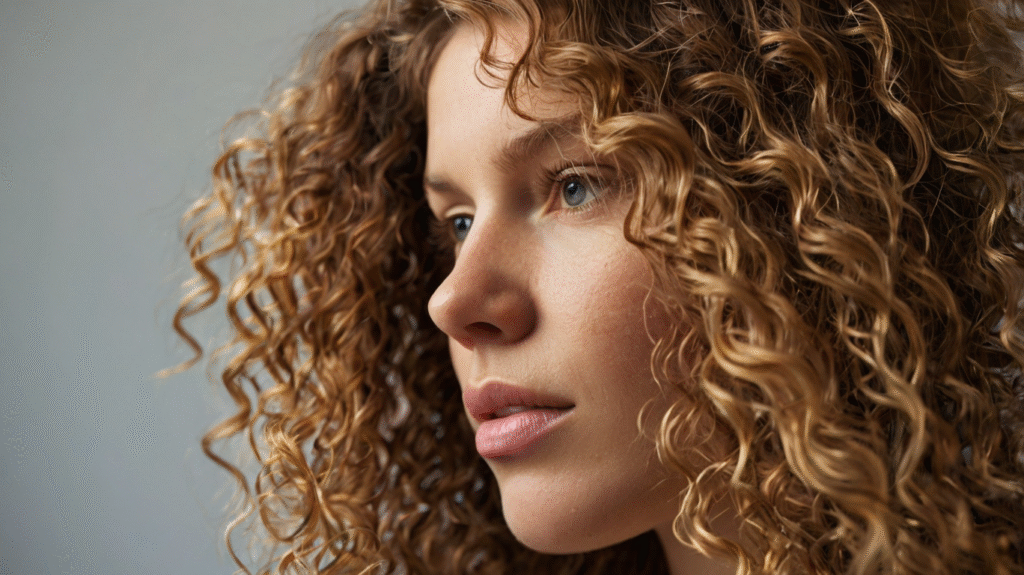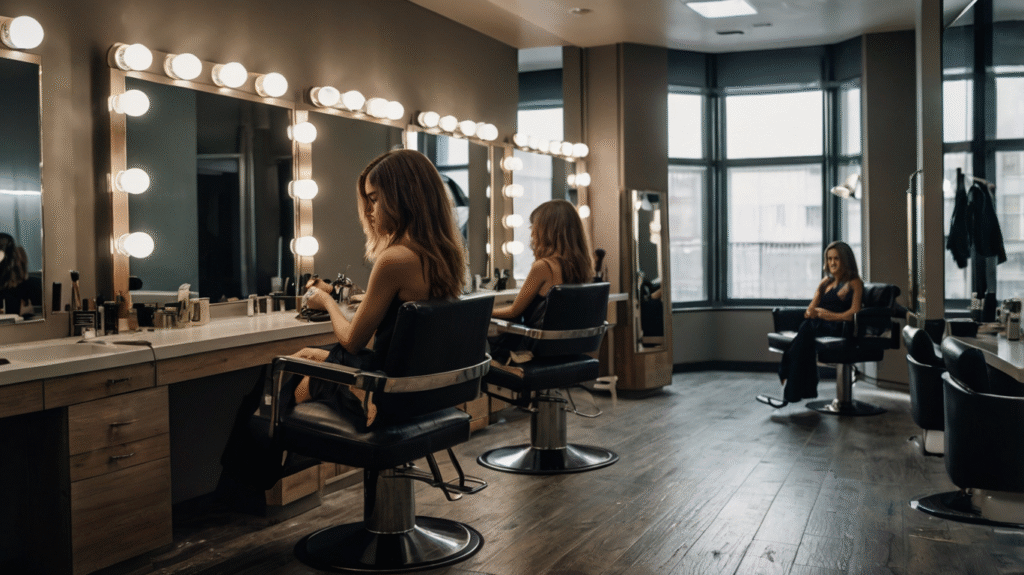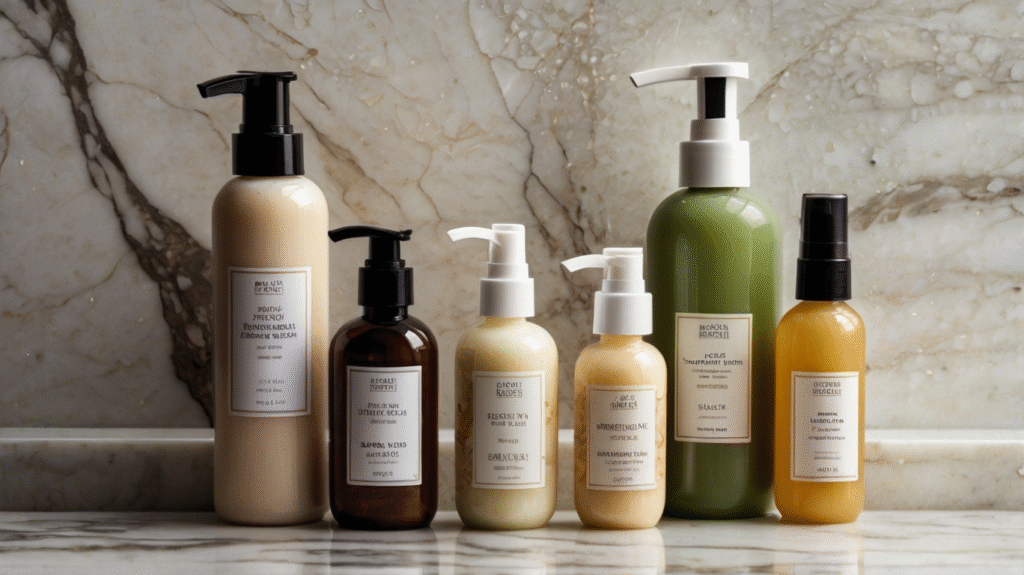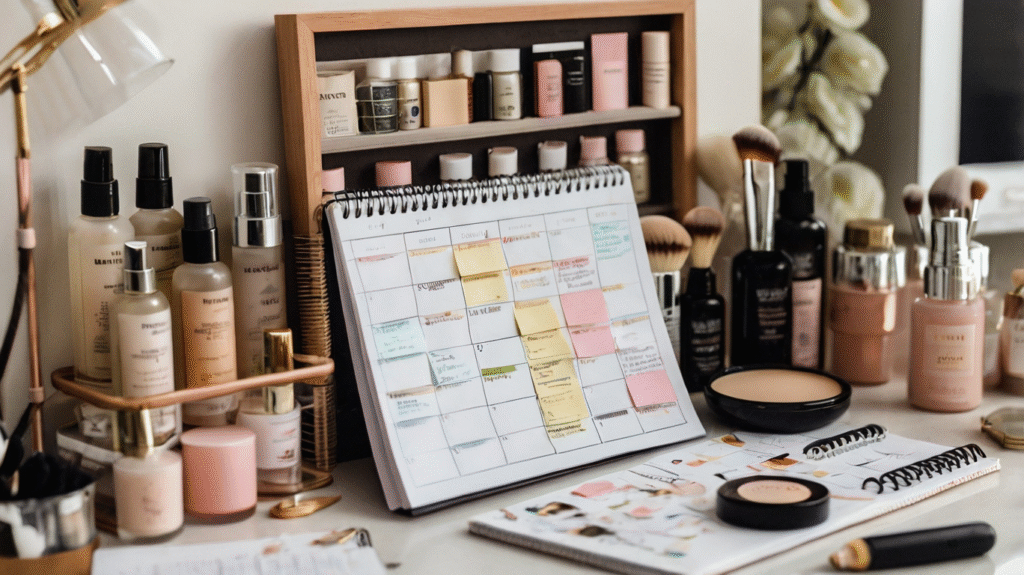
Have you ever slid your fingers through your hair and discovered that it was dry, brittle, and dead? That straw-like feel, the breakage, the lack of luster—these are all telltale symptoms of what professionals refer to as dead hair. Don’t worry, though. Dead hair does not necessarily mean the end of the book.
Is Dead Hair Beyond Repair?
Here’s the reality: if hair is really dead, it can’t literally be brought back to life—hair already consists of keratinized protein cells and does not contain living tissue. But don’t assume all is lost. You can significantly enhance the appearance, texture, and condition of dead hair with the proper methods. So what are your choices when you’re presented with hair that’s supposedly beyond repair?
1. Knowing What Dead Hair Feels and Looks Like:

Before going into dead hair remedies, you have to know the indicators. Dead hair typically appears dull, frizzy, split at the ends, and rough to the touch. It could tangle itself easily and break with minimal effort. Above all, dead hair tends to become unresponsive to styling or moisturizing products like healthy hair.
Identifying the signs at an early stage can ensure that no more damage is caused. Observe how your hair behaves after learning, heat styling, or chemical exposure. If your hair feels brittle and straw-like, it might be time to take drastic measures.
2. Cut It to Save It:

One of the most effective ways to deal with dead hair is the most painful—a haircut. Trimming off dead ends prevents further splitting and gives your hair a fresher, healthier look. If your damage is extensive, consider a deep cut or even a short style to start fresh.
Don’t be scared of the scissors. Cutting off the obviously dead hair makes way for the rest of your locks to grow and become healthier. And it paves the way for treatments to become more effective on your remaining good hair.
3. Deep Conditioning: Your New Best Friend:
Dry hair longs for moisture. Deep conditioning treatments and masks can work miracles by adding hydrating elements such as shea butter, argan oil, and keratin to your locks. Apply a thick, deep conditioner once every week to begin to regain elasticity and luster.
Purchase products labeled as repairing dead hair. Ingredients such as hydrolyzed protein, amino acids, and natural oils repair and fortify each strand from the outside in.
4. Change to a Damage-Repair Shampoo and Conditioner:

If your normal shampoo is chock-full of sulfates or drying alcohols, it’s doing nothing but harming your dead hair further. Change to sulfate-free, gentle shampoos and conditioners with repairing ingredients such as biotin, castor oil, or collagen.
Each time you wash, you can strip or nourish your hair. Make the right choice. A moisturizing, repairing shampoo and conditioner pair will help reduce breakage and enhance dead hair texture with regular use.
5. Reduce Heat Styling (Or Ditch It):
Heat is also one of the quickest methods to transform dry hair into dead hair. Flat irons, curling wands, and blow dryers are able to fry your hair if you use them too frequently or at high heat. If you already have dead hair, it’s time for a hiatus.
Air-dry your hair as much as you can. When you do have to use heat, use a good heat protectant and keep it as low as possible. Less heat = less stress on already weak, dead hair.
6. Add Protein Treatments:
While moisture is essential, so is protein in repairing dead hair. Protein treatments are what fill in the holes in your hair’s structure, making your hair stronger and less breakable.
But don’t overdo it. Excess protein may make hair that’s already dead even more brittle. Use a protein treatment every 2-3 weeks and see how your hair holds up.
7. Shield Your Hair at Night:
You may not be thinking about dead hair when you sleep, but your evening routine does count. Cotton pillowcases have the potential to soak up moisture and create friction, exacerbating breakage. Change to a silk or satin pillowcase to assist in maintaining your hair’s health.
Also, try sleeping with your hair loose in a braid or covered in a silk scarf. These minor changes can minimize tangling and maintain the ground you’re gaining in reanimating dead hair.
8. Reconsider Your Diet and Hydration:
Healthy hair begins from the inside out. Dead hair could be a result of your body not receiving the proper amounts of nutrients. Ensure your diet provides sufficient protein, omega-3 fatty acids, biotin, and zinc. Drinking water in abundance also aids in overall hair health.
If you’re having trouble getting all that you need from food sources alone, a multivitamin especially formulated for hair can aid in filling the deficiencies and nourishing the growth of healthier, more resilient hair.
9. Remain Consistent with Haircare Routine:

Dead hair repair is not a quick solution. It involves day-to-day, gentle care over weeks or even months. Adhere to a weekly hair mask regimen, stay away from harsh chemicals, and have a regular trim routine to gradually enhance your locks.
Track your progress by taking monthly photos and noting changes in texture, strength, and shine. As dead hair starts to look and feel better, you’ll stay motivated to continue your healthy habits.
10. When to Seek Professional Help:
If nothing appears to be aiding you or your hair still feels dead even after your best attempts, see a hair expert or a trichologist. They will find out what the underlying issue is, whether it’s scalp imbalances, hormonal fluctuations, or product buildup that may be exacerbating your dead hair syndrome.
Professional treatments like Olaplex, keratin smooth, or high-end bonding masks can sometimes give you the oomph your hair so desperately needs.
Final Thoughts :
Working with dead hair might be frustrating, but it does not mark the end of your hair life. With the right blend of trimming, hydration, protection, and nourishment, you can restore and rebuild your locks 2X stronger. Hold on to a healthy regimen and shower your hair with affection. The payoff will come—shiner, stronger, and healthier hair that feels revitalized once more.
FAQs:
Dead hair is rough, breaks easily, and does not style well. Dry hair can generally recover with moisture, whereas dead hair requires more aggressive treatments and possibly cutting.
Most often, cutting dead hair is the most effective method for avoiding further damage. Begin with a minor trim and increment based on breakage severity.
Steer clear of sulfates, drying alcohols, parabens, and synthetic fragrances. These will strip away even more moisture and break already weakened hair.
It takes time, depending on the level of damage and how regular your routine is. With care and patience, you’ll notice improvement within 4 to 8 weeks.
More Information:
Can a Perm Damage Your Hair? 7 Ways to Minimize the Risk
7 Daily Habits That Promote Thick Hair Growth Naturally
10 Best Homemade Tips for Hair Growth Faster – Backed by Nature
Unlocking Healthy Hair: How Nutrients Impact Hair Growth Naturally
Boost Hair Volume in 30 Days with This Good Diet for Hair Growth
Home Remedies for Faster Hair Growth Tips You Can Try Today
10 Curly Hair Growth Tips That Actually Work